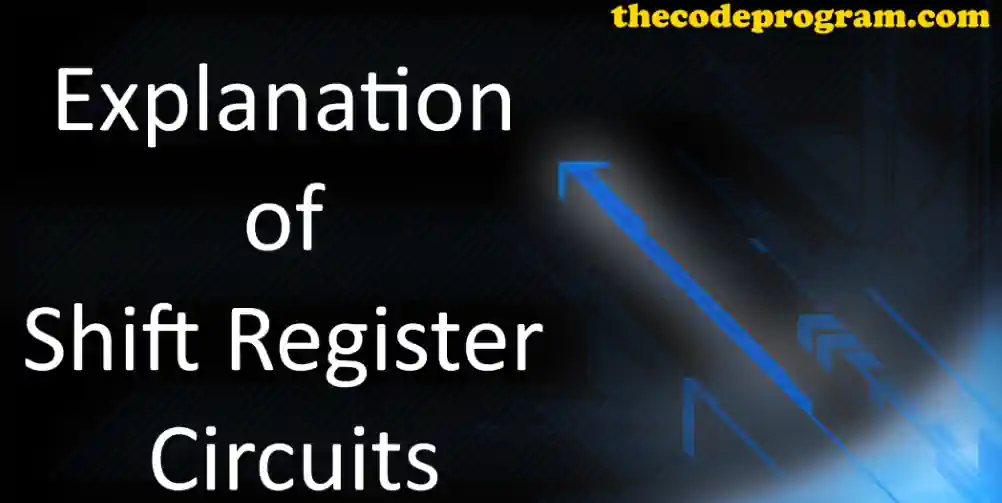
Explanation of Shift Register Circuits
Hello everyone, in this article we are going to talk about Shift Register Integrated Circuits. We are going to talk about simple schematics and flip-flops of Shift Register.Let's get started now.
Shift registers have D-Type Flip flops which dedicated for every bits at a binary data. These flip flops connected as a chain and all of flip flops supply own data for the next flip flop at every clock signal. These related datas are LOGIC "1" and "0". All flips flops' outputs are inputs for next flip flops. Also data fedding to the flip flops can be changed for types.
We can also name the shift registers which move data from left to right as Shift Right Registers.
We can also name the shift registers which move data from right to left as Shift Left Registers.
There are four types Shift Registers:
Serial In Serial Out Shift Registers
This type of Shift Registers get the related data as serial and produce a serial output. This shift registers have one input and one output. And the n-bit serial data signal goes into from first flip-flop and goes out from last flip-flop as serial data signal. So this type of Shift Registers called as Serial In Serial Out Shift Registers.
As you can see at above schematic all of D-Type flip-flops connected as serial and first flip-flop has the data input from output. Also we get the output data from the last flip-flop.
Serial In parallel Out Shift Registers
This type of Shift Registers get the related data as serial and produce a paralel data output. The flip-flops which contained by this type of shift registers are connected as the same way with Serial Input and Serial Output Shift registers as you can see above. And also every flip-flops' output is input for the next flip-flop. The difference is: we are getting the datas of all flip-flops as synchronously from every output of flip-flops. This related data is changing at every clock pulse and produce a new data according to serial input data.
Parallel In Serial Out Shift Registers
This type of shift registers get the related data as serial and produce a paralel data as output. Paralel data input is meaning all of bits of related input data connected to the each flip-flops inputs and flip-flops are not getting the data before flip-flop output directly. The input may be a multiplexer or something different to provide a paralel data. And produces a serial data output. Even datas are not connected directly to flip-flops, the clock signal is connected directly to the flip-flops. All of flip-flops are processing synchronuosly according to clock signal.
Below example you will see an example about Paralel In Serial Out shift register. In this example every flip-flop has a multiplexer with input and previous flip-flop.

Parallel In parallel Out Shift Registers
This type of shift registers get the data through paralel input and produce a paralel output according to data. In this type of shift registers the flip-flops are not interconnected because they are not getting or producing the data as serial. All of these flip-flops have clock and reset signals and the process the data simultaneously.
That is all in this article.
Have a nice shifting registers.
Burak Hamdi TUFAN.
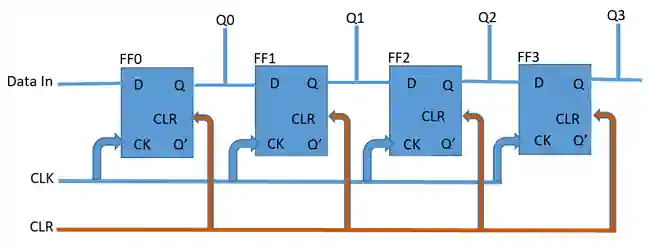
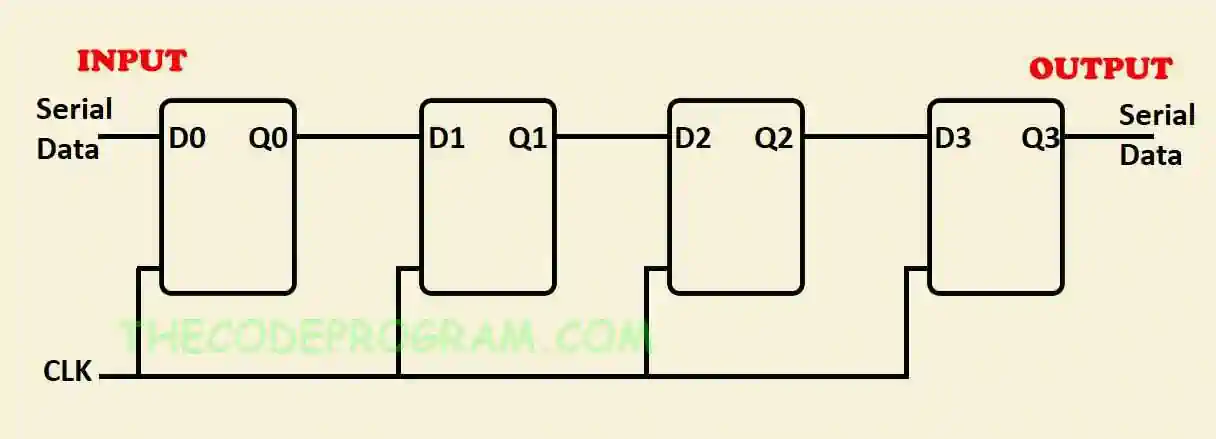
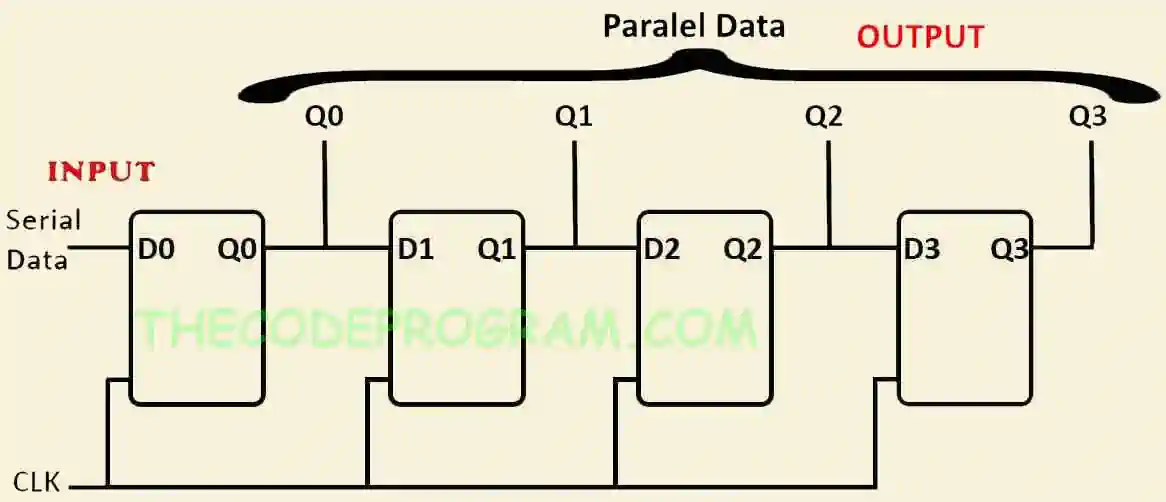
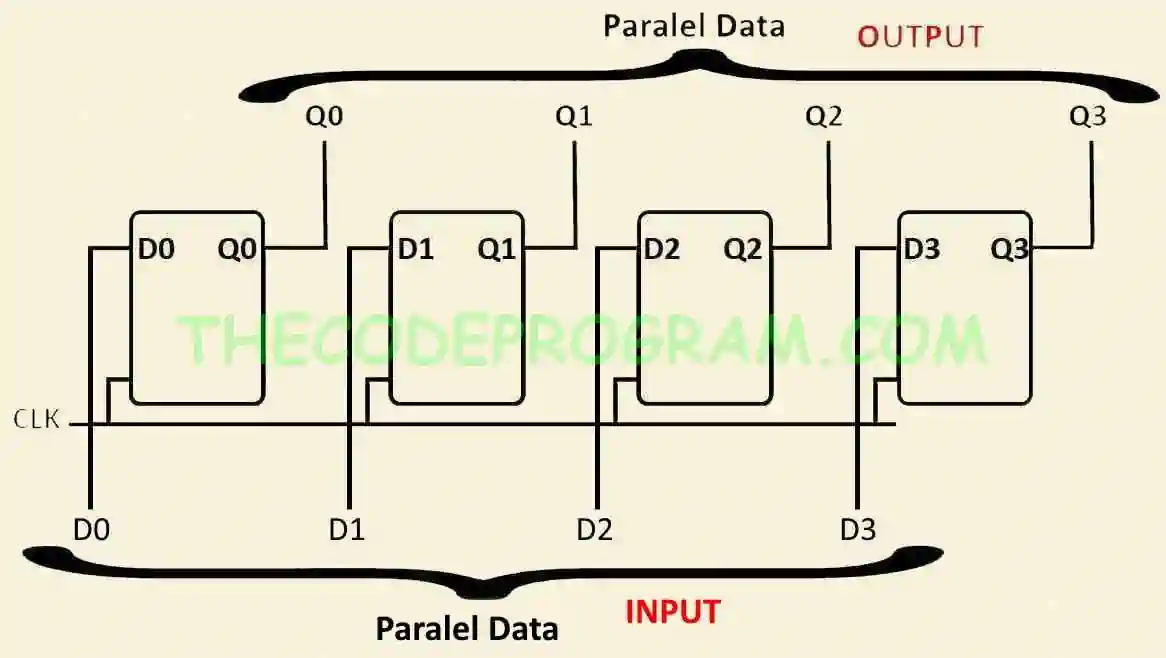

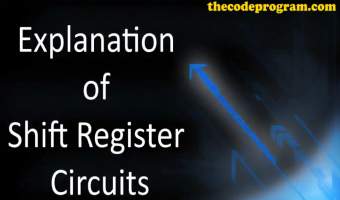

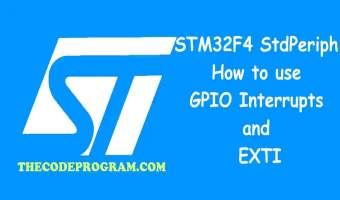
Comments